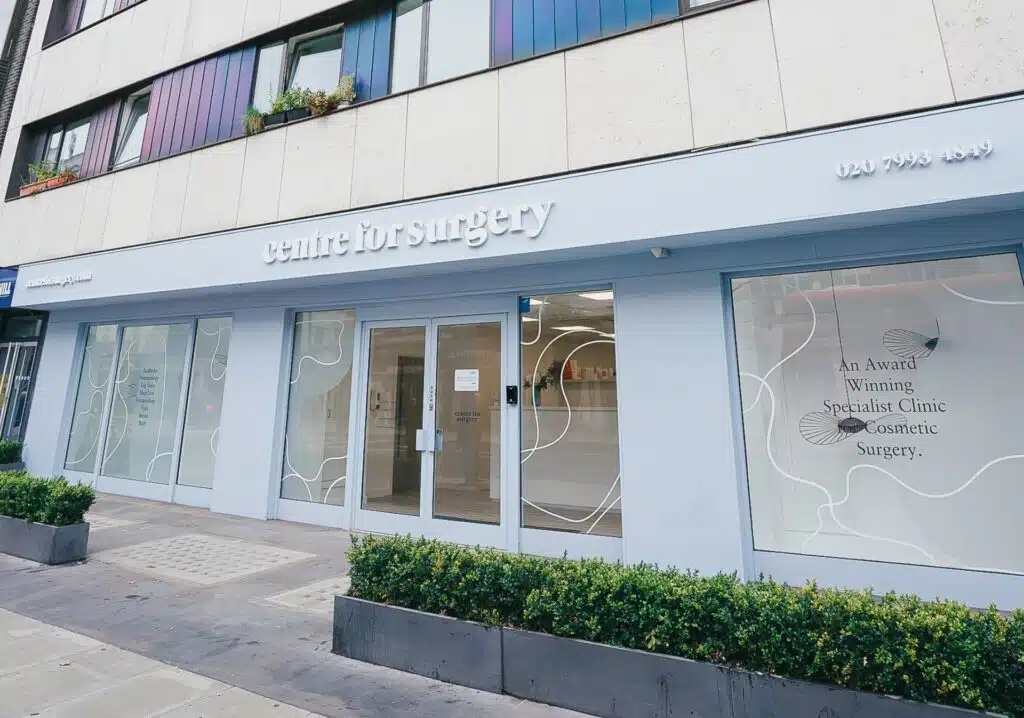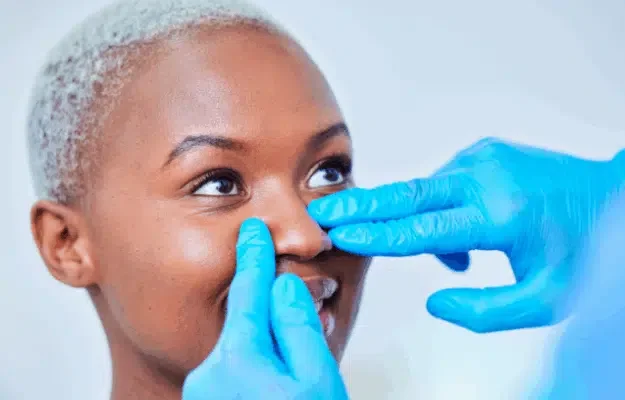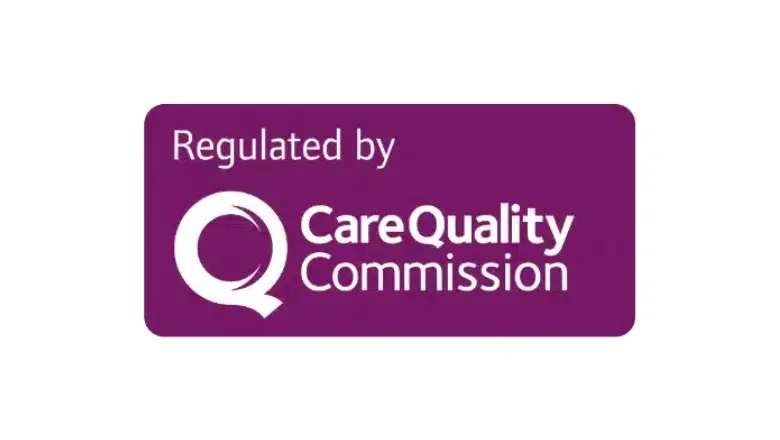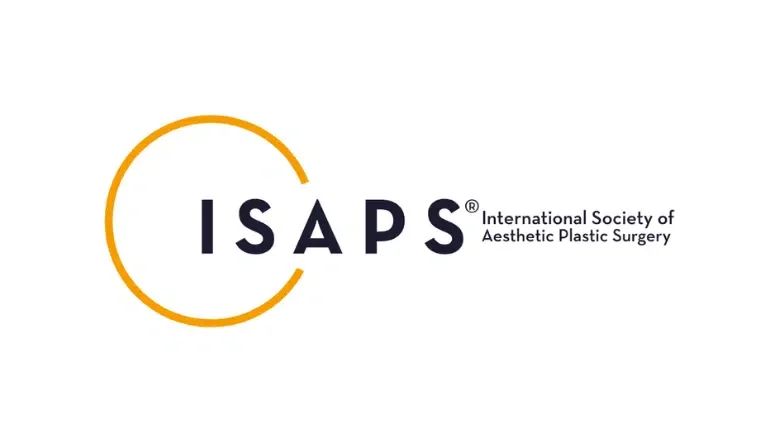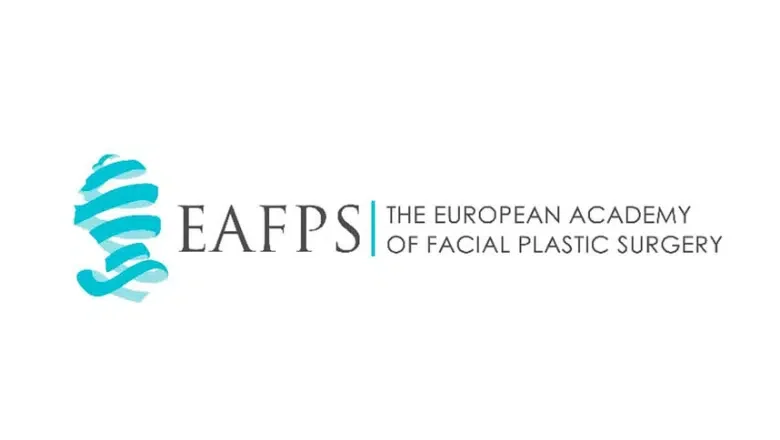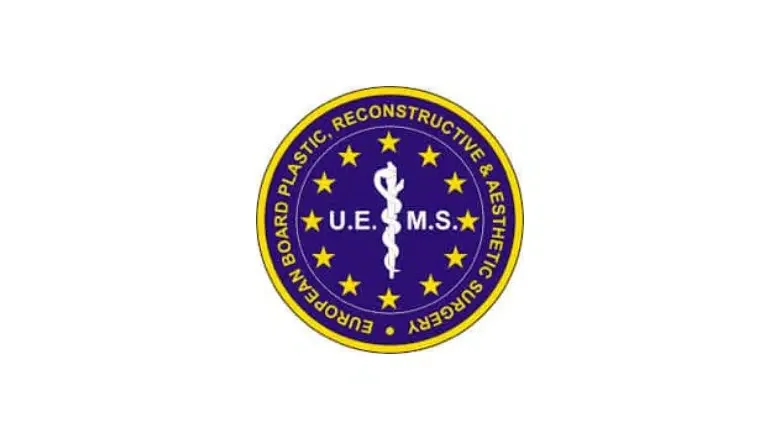How to Sleep Better After a Nose Job
Undergoing rhinoplasty, commonly referred to as a nose job, marks a significant step in one’s aesthetic journey, bringing forth a wave of anticipation and queries, particularly concerning the post-operative recovery phase. Among the plethora of concerns that patients share with their surgeons, the topic of how to best position oneself for sleep after nose surgery frequently arises. This concern underscores the necessity of adopting post-surgical practices that safeguard the integrity of surgical outcomes.
RELATED: Recovery After Rhinoplasty -Top Tips
Postoperative care, especially in the initial stages of recovery, is pivotal in ensuring a smooth and expedient healing process. An integral component of this care involves the adoption of an optimal sleeping posture. Our experts universally recommend that, following rhinoplasty, patients should aim to sleep on their backs, maintaining a slight elevation of the head. This specific sleeping arrangement is not arbitrary; it plays a critical role in mitigating postoperative swelling and reducing the risk of clot formation within the nasal cavities. It also contributes significantly to patient comfort, thereby facilitating a more restorative rest period.
The elevation of the head, ideally achieved through the use of additional pillows or a specially designed wedge pillow, aids in reducing fluid accumulation in the facial region, thus diminishing swelling more rapidly than would be the case in a flat sleeping position. This elevated posture not only accelerates the healing process but also minimises discomfort, enabling patients to get through the recovery period with greater ease and confidence.
This handy guide from Centre for Surgery aims to furnish patients with practical advice on achieving optimal sleep post-rhinoplasty, thereby enhancing the healing journey and enabling a swift return to daily activities. For individuals contemplating rhinoplasty and seeking to understand more about the procedure itself, including its benefits and what to expect, further information is readily available to assist in making an informed decision.
Mastering Comfortable Sleep Post-Rhinoplasty: Your Comprehensive Guide
Navigating the recovery process after a rhinoplasty procedure entails a meticulous approach to various aspects of aftercare, with a particular focus on optimizing sleep patterns to foster a conducive healing environment. Understanding the nuances of sleeping post-surgery is crucial, as the nose is at its most vulnerable and sensitive during this period. Ensuring you adopt a sleeping posture that minimises discomfort and safeguards the surgical outcomes is key to a smooth recovery.
In the initial days following your rhinoplasty, the paramount sleeping position recommended by healthcare professionals is on your back, with your head elevated above the level of your heart. This position plays a pivotal role in preventing accidental contact or pressure on the newly restructured nasal area, thereby reducing the risk of compromising the surgical results.
Elevation is not merely about comfort; it’s a strategic measure to counteract swelling more efficiently. By propping up your head with one or two pillows, or even a specially designed elevation pillow, you can expedite the reduction of facial swelling. This elevated stance aids in minimizing fluid accumulation around the surgery site, facilitating a quicker diminution of swelling. Additionally, this posture helps in mitigating congestion buildup, which can be a common post-operative concern.
A pro tip for ensuring you remain on your back throughout the night involves the strategic placement of pillows around your body. This arrangement acts as a gentle barrier, preventing any inadvertent rolling or shifting that could place your recovery at risk. For those experiencing back discomfort from this new sleeping arrangement, placing pillows under the knees can offer relief by alleviating strain on the lower back.
For patients who may find the transition to back sleeping challenging, practising this sleeping position before the surgery is advisable. This preparatory step allows you to acclimatise to the position and experiment with different pillow configurations to identify what offers the most comfort and support. If discomfort arises, adjusting the angle of elevation by propping up one side slightly can help in achieving a more balanced alignment for the head and neck, enhancing overall comfort.
Sleeping Positions After Rhinoplasty: Side and Stomach Sleeping
Undergoing a rhinoplasty procedure introduces a temporary but significant shift in your nightly sleeping habits. The recovery period post-surgery demands careful consideration of sleeping positions to ensure the healing process remains uncompromised. The positions you adopt while sleeping play a crucial role in not only maintaining the structural adjustments made during surgery but also in avoiding unnecessary discomfort.
Can I sleep on my side after rhinoplasty?
Sleeping on your side immediately following a rhinoplasty is not recommended. This position can exert undue pressure on the nose, potentially leading to a dislocation of the nasal structures that were meticulously altered during surgery. Furthermore, side sleeping can precipitate nasal congestion, a condition best avoided during the recovery phase, especially considering the temporary prohibition against nose blowing after surgery. Such congestion can exacerbate discomfort, complicating the healing process.
While the urge to revert to habitual sleeping positions may be strong, it’s essential to resist the temptation to sleep on your side for at least the first one to two weeks post-operation. Before transitioning back to this sleeping position, it’s imperative to seek explicit approval from your surgeon. They will assess your healing progress and provide personalized advice on when it might be safe to resume side sleeping, ensuring such a change doesn’t jeopardize your recovery.
What about sleeping on my stomach?
Stomach sleeping is particularly discouraged after undergoing rhinoplasty. This position poses a high risk of applying direct pressure to the nose, which can significantly impair the surgical results. The potential for strain and damage to the newly adjusted nasal structures is considerable, with stomach sleeping increasing the likelihood of complications.
For the initial six weeks following surgery, patients are strongly advised to avoid sleeping on their stomach. This precautionary measure serves to protect the integrity of the rhinoplasty outcomes, allowing the nose the necessary time and conditions to heal properly.
Strategies for Enhancing Sleep During Rhinoplasty Recovery
Recovering from rhinoplasty presents a unique set of challenges, with sleep disruption standing out as a common issue among patients. The importance of restorative sleep cannot be overstated, as it plays a critical role in facilitating a swift and smooth recovery process. If you find yourself struggling to achieve quality sleep in the aftermath of your surgery, consider implementing the following strategies to promote better sleep and enhance your overall recovery experience.
Embrace Solitude in Your Sleeping Environment
The days following your rhinoplasty procedure may necessitate a temporary solo sleeping arrangement. Sharing your bed with a partner or pet increases the risk of accidental contact with your nose, which could potentially compromise the surgical results. Allocating a dedicated sleeping space for yourself during this critical recovery phase allows for uninterrupted rest, free from the concern of unintentional bumps or jostles that could affect the healing process.
Maintain Optimal Hydration for Nasal Comfort
After rhinoplasty, patients often experience dryness in the nasal passages, which can contribute significantly to sleep disturbances. Ensuring adequate hydration is essential, not only for your body’s overall recovery but also to alleviate the discomfort associated with nasal dryness. Consuming sufficient fluids throughout the day can help maintain the moisture levels in your nasal passages, reducing congestion and promoting more comfortable sleep.
Limit Caffeine Intake
Caffeine consumption can be detrimental to sleep quality, particularly in the recovery phase following rhinoplasty. Its stimulant properties can interfere with your ability to fall asleep and enjoy uninterrupted rest. To foster a conducive sleep environment, consider reducing or eliminating caffeine from your diet. This adjustment can help your body establish a healthier sleep cycle, accelerating the healing process and improving your overall recovery experience.
Utilise Pain Management Techniques
Pain and discomfort can significantly hinder your ability to sleep well after surgery. Over-the-counter pain relief medications, such as Ibuprofen or Paracetamol, can be effective in managing post-operative pain. A dosage of 400mg of Ibuprofen or 500mg of Paracetamol every six hours is commonly recommended, but it’s crucial to use these medications judiciously and as needed. Always follow the guidance provided by your surgeon or healthcare provider regarding pain management to ensure safe and effective relief.
FAQ: Sleeping After Rhinoplasty
How long will it take before I can sleep in my normal position after rhinoplasty?
The timeline for resuming your typical sleeping routine post-rhinoplasty can vary based on individual healing progress. Generally, patients find they can return to their preferred sleeping positions within 10 to 14 days following the procedure. However, this is contingent on the healing process and any specific instructions provided by your surgeon. To safeguard the results of your surgery, it’s crucial to consult with your surgeon before making any changes to your sleeping habits. Adjusting your sleeping position prematurely could inadvertently affect the surgical outcomes, so professional guidance is essential.
Is it safe to use sleeping pills after undergoing rhinoplasty?
While achieving adequate rest is vital for recovery after rhinoplasty, the use of sleeping pills should be approached with caution. The interaction between sleeping pills and the medications prescribed after surgery could lead to adverse effects. If you’re experiencing difficulty sleeping following your procedure, discussing this with your doctor is important. Your surgeon can assess your situation and advise on the safest and most effective approach to improve your sleep without compromising your recovery.
What should I do if I accidentally roll over while sleeping after my nose job?
After your rhinoplasty, a protective cast or splint will be in place to shield your nose, offering some degree of protection against accidental pressure while sleeping. This protective measure is typically maintained for the first week post-surgery. Despite this, it’s essential to be mindful of your sleeping position, especially once the splint is removed. As your nose will still be in the delicate stages of healing for several weeks, adapting to sleeping on your back is advisable to minimize any risk of damage. If you find this adjustment challenging, speak with your surgeon before the removal of the cast. They might recommend extending the duration of wearing the protective splint based on your specific needs.
Can sleeping in a recliner help recovery after rhinoplasty?
Opting to sleep in a recliner chair during the recovery phase after rhinoplasty can be beneficial for several reasons. Firstly, it ensures that you’re sleeping by yourself, eliminating the risk of accidental contact with a partner or pet. Additionally, the recliner allows for the strategic placement of pillows around your body, which can help prevent you from turning onto your side or stomach. Another advantage is the ability to adjust the reclining angle to find the most comfortable and supportive position for your recovery. An angle of 30 to 45 degrees is often recommended as it helps reduce swelling and promotes optimal breathing. Sleeping in a recliner can offer a practical solution for maintaining a safe and comfortable sleeping posture during the critical initial weeks of recovery.
Rhinoplasty at Centre for Surgery: Excellence in Aesthetic Transformation
At Centre for Surgery, located in the heart of London, we are dedicated to providing our patients with the highest standard of care in cosmetic surgery, with a particular emphasis on rhinoplasty. Our state-of-the-art clinic on Baker Street is renowned for its exceptional approach to aesthetic transformations, ensuring every patient receives personalised care tailored to their specific desires and needs.
Why Choose Centre for Surgery for Your Rhinoplasty?
Rhinoplasty, or nose reshaping surgery, is among the most intricate of plastic surgeries, demanding unparalleled precision and artistry. Our surgeons at Centre for Surgery possess the expertise and experience to enhance your nasal contours while ensuring functional integrity, striving for outcomes that are not only aesthetically pleasing but also harmoniously balanced with your overall facial features.
We understand that deciding to undergo rhinoplasty is a significant decision. That’s why we offer comprehensive consultations to discuss your goals, the procedure, and what to expect during recovery. Our dedicated team is here to support you every step of the way, from the initial consultation through to post-operative care.
Patient Testimonials
- “My rhinoplasty journey with Centre for Surgery was exceptional. From the very first consultation, I felt understood and supported. The results have exceeded my expectations, and the recovery was smoother than I imagined. I couldn’t be happier with my new look.” – Emily R.
- “Choosing Centre for Surgery for my nose job was the best decision I’ve ever made. The staff were incredibly professional and caring, and my surgeon was meticulous in his approach. I now have the confidence I never knew I could have.” – Michael T.
- “The entire team at Centre for Surgery went above and beyond to make my rhinoplasty experience a positive one. The attention to detail and patient care was outstanding. I am truly grateful for the difference they’ve made in my life.” – Sophia L.
Book Your Consultation Today
Ready to take the first step towards the nose you’ve always wanted? Contact us to book your consultation. Our friendly team will be happy to answer any questions and guide you through the process.
📞 Phone: 0207 993 4849
📧 Email: contact@centreforsurgery.com
📍 Address: 95-97 Baker Street, London W1U 6RN
Further Information
For more details about our clinic and the transformative procedures we offer, please visit our ‘About Us’ page at Centre for Surgery – About Us.
Finance Options
Understanding the financial aspect of rhinoplasty is crucial. We offer various finance options, including 0% APR with Chrysalis Finance, to make the procedure accessible. Learn more at Finance Options.
Explore Our Plastic Surgery Blog
Dive deeper into the world of cosmetic surgery by exploring our blog. It’s a treasure trove of information on rhinoplasty and other procedures, offering insights and advice for anyone considering cosmetic surgery. Visit Centre for Surgery Blog.
Clinic FAQs
Have questions? Our FAQ page covers a wide range of topics to help you feel informed and prepared. Check out Clinic FAQs for more information.
Visit Our Baker Street Clinic
Experience our unparalleled patient care firsthand by visiting our clinic at Baker Street. For more details, please see Baker Street Clinic.
At Centre for Surgery, we’re committed to helping you achieve your aesthetic goals with care, precision, and excellence.


